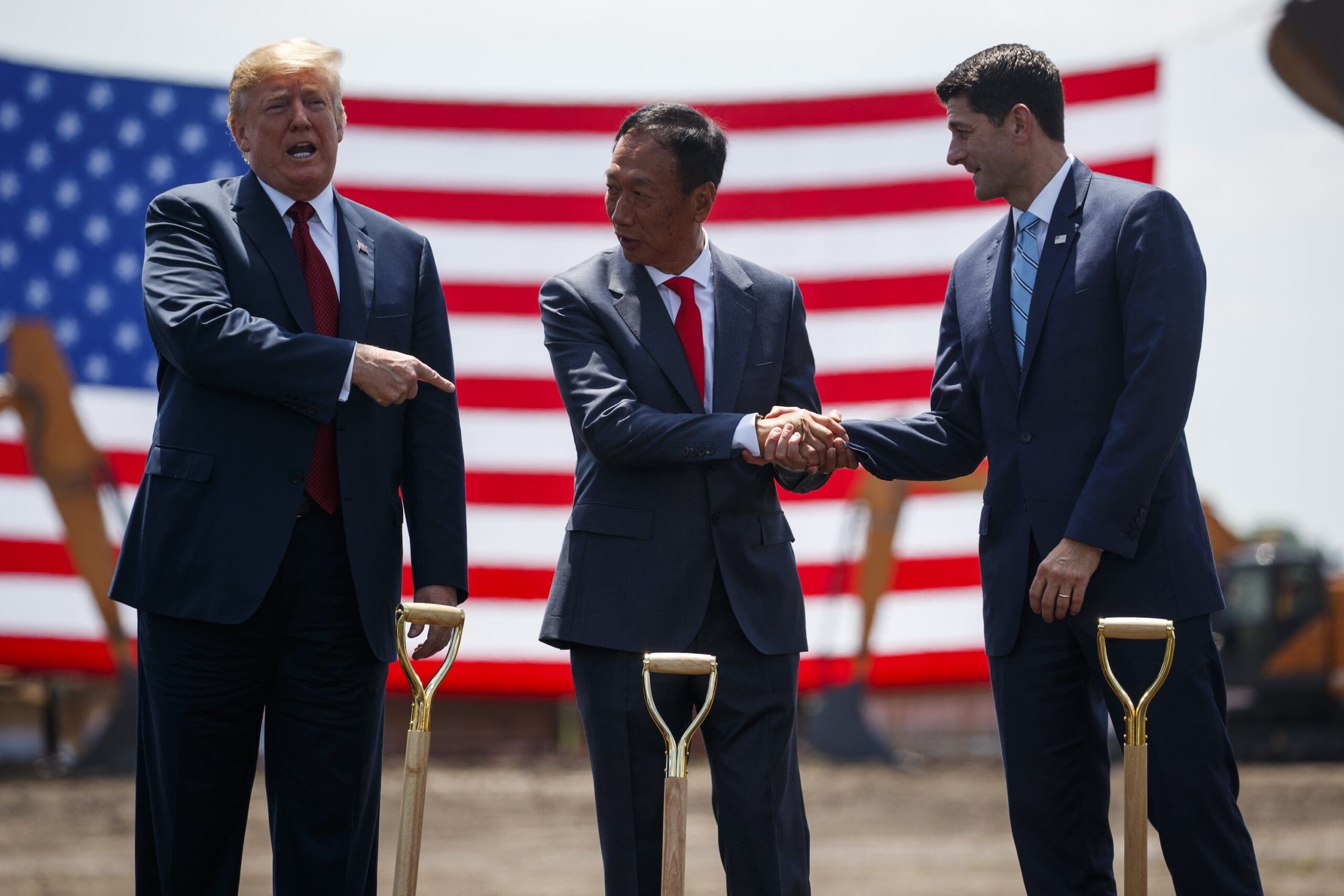A mild winter is hurting Wisconsin’s snow and ice tourism
Less snow and milder temperatures are keeping winter tourists away, but locals are finding ways to adapt.

A typical winter in Wisconsin usually means ice fishers venture out onto frozen lakes, outdoors enthusiasts gas up their snowmobiles, and athletes strap on their skis.
But this has been anything but a typical Wisconsin winter, with relatively warm temperatures and little snow. This lack is felt especially in the Northwoods, where communities depend on snow and ice each winter tourism season.
“Funny thing is that as white as the snow is, it brings some green money that kind of circulates throughout the community here,” said Kurt Justice, owner of Kurt’s Island Sports Shop in Minocqua. “We’re just not seeing that as much right now.”
So far this winter, most of northern Wisconsin has had anywhere from 6-24 inches of accumulated snowfall, far from the 40-80 inches accumulated by this time last year, according to Ketzel Levens, a meteorologist with the National Weather Service of Duluth.
“It’s a really stark comparison,” Levens said. From Wausau to Eau Claire and north there was from 2.5-9 inches of snow on the ground as of last week, which is from 4-20 inches below normal.
Multiple factors are playing into the mild winter, Levens said. The country is currently experiencing a climate pattern known as El Niño, during which parts of the Pacific Ocean are unusually warm. It affects the weather, and in the Midwest it typically means warmer temperatures and less snow during the winter. There are two other climate patterns — the Madden-Julian oscillation, a tropical circulation that largely affects rainfall, and the Arctic oscillation, a circulation that affects winds coming from the Arctic — that are also adding to the mix, Levens said.
According to a 2021 report from the Wisconsin Initiative on Climate Change Impacts, winters in Wisconsin are warming twice as fast as other seasons due to climate change, which is also contributing to a milder winter.
“It was sort of a perfect storm of all of those constructively working on top of each other to lead to this really extreme level of warmth and a lack of precipitation,” Levens said.
For many northern Wisconsin communities, summers are peak tourist season. When seasonal businesses close up for the winter and most tourists head home, the few that still visit the north are critical to the economy.
As of Jan. 29, there was only one snowmobile trail in the state fully open, in northern Iron County, but the conditions there were listed as poor, according to a map from the Wisconsin Department of Tourism. A handful of other trails were partially open, but the remaining 98 trails were closed. Some cross-country ski trails were open, but most were in poor or fair condition.
“It’s a tourism-based economy, when the snow is good and we just have so much going on in the wintertime as well, whether it’s snowmobiling, whether it’s cross-country skiing, fat biking, ice fishing. I mean, it really is very important to us. So much of that is contingent on snow,” said Chris Ruckdaschel, the executive director of the Hayward Area Chamber of Commerce.
A mild winter has ripple effects on the economy in northern Wisconsin.
“For the overall health of our community, we need snow, because the snowmobilers bring a lot of people up,” said Justice, who sells gear and guide services for ice fishing in the winter. “They eat out a lot. They drink a lot. They stay in cabins and resorts. They get their snowmobiles broken and got to have them fixed. When there’s a lot of snow, there’s a lot of cottage industries, young men that go out and shovel roofs and people that plow snow. So all that money kind of works its way around through the community, and so on a year like this, when we don’t have it, it actually hurts. It just, it hurts everybody.”
Ruckdaschel said the ripple effect typically starts with lodging — people who planned a trip up north for a weekend of snowmobiling cancel their hotel or cabin reservation because there’s not enough snow. Then it trickles down from there to restaurants and bars, retail stores, gas stations and more. One lodging facility in Hayward has had about $100,000 in lost revenue since Christmas, Ruckdaschel said.
During the week between Christmas and the new year, typically the biggest week of the winter, Justice said his stores’ sales were down 40%.
At the end of February, Hayward will host the 50th annual American Birkebeiner, North America’s largest cross-country ski race, which brings in skiers from around the world. But with little snow, organizers have been producing snow to cover trails where needed, bound and determined that the race go on, Ruckdaschel said. But fewer people are in town training, he said.
What the rest of the winter has in store is uncertain, too. The state will see a warmer, drier start to February, Levens said, but it could get cooler and snowier by the end of the month.
In the meantime, businesses and communities are finding ways to adapt. Some fishermen are finding open water to cast their lines, and last-minute ice skating races have been organized. Communities are advertising other events and businesses such as live music, bowling alleys, mid-week specials at restaurants, or an ultimate jigsaw puzzle battle at the local library. And they’re encouraging more ATV and side-by-side vehicle tourism.
One Hayward snowmobile club is continuing to promote the businesses that usually dot the snowmobile trails with a campaign called “No Snow Still a Go.” It’s offering discounts and contests at the bars and restaurants along the trails and encouraging people to visit.
“This is impacting folks’ bottom line and it’s really tough. We do benefit from tourism and, gosh, we’re such a winter wonderland, it’s beautiful here,” Ruckdaschel said. “And even though the ground is covered, hey, we want it to be covered in a foot of snow, is what we’d like to see. And it’s definitely not that.”




